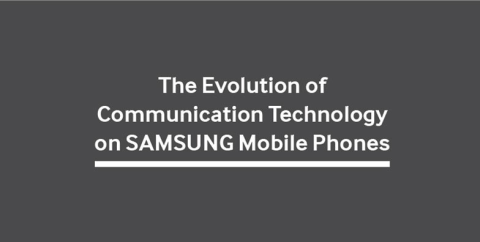

[alert type=alert-blue]Xiaomi Redmi Note 4G[/alert]
Now comfortably one of the biggest forces in Asia, Xiaomi has launched its first ever 4G handset to be available in India: the Xiaomi Redmi Note 4G.
Unlike most handsets released in the subcontinent, the Redmi Note 4G is actually a rather high-end device (at least comparatively speaking). It’s an out-and-out phablet with a vast 5.5-inch 720p display, Snapdragon 400 1.6GHz quad-core processor, 13-megapixel rear-facing and 5-megapixel front-facing cameras, and a removable 3,100 mAh battery.
Those specs are certainly eye-catching, particularly the removable battery. That big ol’ display is also protected by Corning Gorilla Glass 3, making it extra scratch and crack-resistant.
At Rs. 9,999 it’s certainly not cheap – that price translates to roughly £105, a fair sum for a market which is widely considered as ‘emerging’ and budget-oriented. It’s even more curious when you consider that India’s 4G coverage is still largely under construction. It exists, but it’s only available from relatively new carrier Airtel. Is there enough of a mid-range market in India to warrant a phone like this?
We’ll find out soon enough, as the Redmi Note 4G is currently available via online retailer Flipkart.
[alert type=alert-blue]Motorola Moto X Pro[/alert]
See if this device sounds familiar: it’s made by Motorola. It has a 6-inch display with quad-HD resolution. Its processor clocks in at 2.7GHz and is backed by 3GB of RAM. Its rear-facing camera is 14-megapixels, and the whole thing is wrapped up in shiny new Android 5.0 Lollipop.
The more geeky amongst you will recognise all of that as surely being the Google Nexus 6. And you’re not wrong – except this is another device. The Motorola Moto X Pro is virtually identical to the Nexus 6 in every respect, and it’s available exclusively in China.
With Motorola being acquired by Chinese giant Lenovo last year this device heralds Motorola’s return to the country, with the Moto G and standard Moto X also seeing a release there.
At the time of writing a price has yet to be announced, but the device should be on virtual Chinese shelves by the time you read this. It’s pretty safe to say that it won’t be cheap, though.
[alert type=alert-blue]Gionee Elife E7[/alert]
Yet another phablet, the Gionee Elife E7 may have be the one you’d most likely pass over at a glance. Indian manufacturer Gionee is still relatively unknown in the tech world, and certainly not as fashionable is the unstoppable Xiaomi or the exotic Motorola. But take a second look and it’s apparent that the Elife is actually a rather fantastic device.
The 5.5-inch display immediately commands attention, particularly when combined with its 1080p full-HD resolution and Corning Gorilla Glass 3. It’s powered by the Snapdragon 801 which weighs in at 2.5GHz, supported by 3GB of RAM. There’s a 16-megapixel rear-facing camera and a frankly overly-detailed (at least when you look like we do) 8-megapixel selfie-cam.
It can also boast a screen-to-body ratio of 74%, which is significantly higher than most other handsets of similar size (the iPhone 6 has just 65% and the HTC One M8 67%). The only thing we’re not so keen on with the Elife E7 is its 2,500 mAh battery, which may not last too long behind such a large display.
These are outstanding flagships specs if – this device were released 18 months ago. What makes these figures truly pop is the price. At roughly £120 we’re struggling to think of better bang-for-buck anywhere else on the market. Despite being created for the Asian market, you can have the Elife E7 shipped to Europe from online retailer eFox today.
[alert type=alert-blue]Oppo U3[/alert]
The month’s final phablet comes courtesy of sizeable smartphone specialists Oppo. The U3 is large – 5.9 inches of display’s worth of large, and with a staggering 75% screen-to-body ratio, too. That means that it’s noticeably smaller than the iPhone 6 Plus, despite an extra 0.4 inches of precious display real estate.
Behind that 1080p full-HD display sits a Mediatek MT6752 1.7GHz octa-core processor and 2GB of RAM. It should be fast enough to fly through everyday tasks, but lacks a little at the top end when compared to the best quad-core chips.
The 3,000 mAh battery is a welcome sight for a device so humongous, and the U3 also packs an AK4961 audio chip for top-notch music and sound output. The device offers VOOC fast-charging too, meaning you can go from a dead battery to 75% charge in just half an hour.
As is becoming the norm with Oppo cameras, the U3’s 13-megapixel rear-facing camera can take 50-megapixel photographs via interpolation – a fancy word for a sort of digital collage effect, which stitches together several lower resolution images to create one monster snap. It’s also capable of super slow-mo 120fps video recording.
There’s no official word on price yet, but with its Asian release imminent you can expect it to set you back upwards of £350 – plus shipping from China. There’s not much chance of this behemoth getting a release outside of the Far East, unfortunately.








